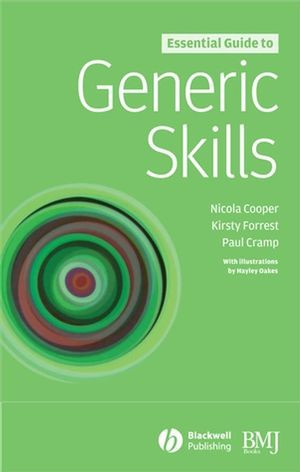

Most ebook files are in PDF format, so you can easily read them using various software such as Foxit Reader or directly on the Google Chrome browser.
Some ebook files are released by publishers in other formats such as .awz, .mobi, .epub, .fb2, etc. You may need to install specific software to read these formats on mobile/PC, such as Calibre.
Please read the tutorial at this link: https://ebookbell.com/faq
We offer FREE conversion to the popular formats you request; however, this may take some time. Therefore, right after payment, please email us, and we will try to provide the service as quickly as possible.
For some exceptional file formats or broken links (if any), please refrain from opening any disputes. Instead, email us first, and we will try to assist within a maximum of 6 hours.
EbookBell Team

4.0
86 reviewsIt advises new doctors on note-keeping, time management/organisation, communicating with colleagues, the structure of the NHS, and how to deal with the ethical and legal issues they face when on-call.
Also looks at emotional intelligence, learning styles or how different personality types can work together more effectively.Content:
Chapter 1 Professionalism (pages 3–11):
Chapter 2 The Consultation (pages 12–21):
Chapter 3 Health Promotion (pages 22–28):
Chapter 4 Clinical Reasoning (pages 29–39):
Chapter 5 Communication With Colleagues (pages 40–47):
Chapter 6 Medical Records (pages 48–56):
Chapter 7 Prioritising Time (pages 57–62):
Chapter 8 Capacity and Consent (pages 65–75):
Chapter 9 The Mental Health Act and Common Law (pages 76–82):
Chapter 10 Confidentiality (pages 83–87):
Chapter 11 Death Certification and the Coroner (pages 88–93):
Chapter 12 Fitness to Drive (pages 94–99):
Chapter 13 Adult and Child Protection (pages 100–106):
Chapter 14 Ethical Principles in Healthcare (pages 107–111):
Chapter 15 Advance Directives (pages 112–116):
Chapter 16 End of Life Issues (pages 117–122):
Chapter 17 NHS Complaints Procedure (pages 123–126):
Chapter 18 Why Things Go Wrong (pages 129–138):
Chapter 19 Human Factors (pages 139–146):
Chapter 20 Safe Prescribing (pages 147–153):
Chapter 21 Infection Control (pages 154–162):
Chapter 22 Use of Evidence and Guidelines (pages 163–173):
Chapter 23 Audit (pages 174–179):
Chapter 24 Learning About Learning (pages 183–192):
Chapter 25 Teaching Large Groups (pages 193–198):
Chapter 26 Teaching Small Groups (pages 199–206):
Chapter 27 Presentations (pages 207–214):
Chapter 28 Teaching a Skill (pages 215–220):
Chapter 29 How to Give Feedback (pages 221–225):
Chapter 30 How Doctors are Assessed (pages 226–235):